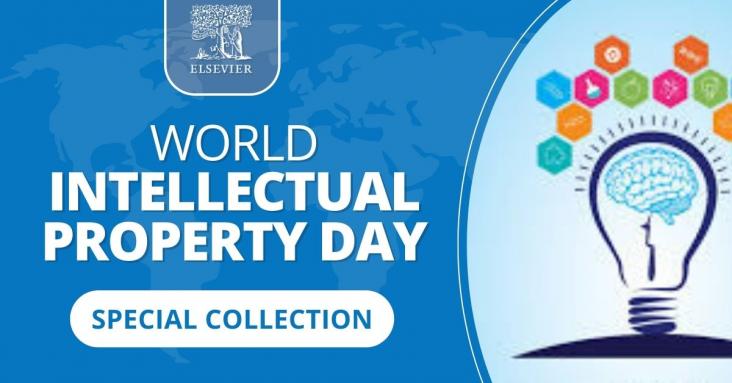Build resilient infrastructure, promote inclusive and sustainable industrialization and foster innovation
With evident relevance to SDG 6, the research explores a water pollution control technology evaluation model based on the Pythagorean language neutrosophic set (PLNS) in the context of the pulp and paper industry. The authors' model aims to assist in the choice of appropriate water pollution control technology for those working within the paper industry. It is tested in an example based in China.

World Intellectual Property Day, observed each year on 26th April, is an opportunity to celebrate the contributions made by inventors and creators around the world and to explore how IP contributes
World Intellectual Property Day 2024 is highlighting the critical importance of intellectual property (IP) in catalyzing the human innovation and creativity needed for achievement of the United Nations Sustainable Development Goals (SDGs). This study provides an overview of the key debates and the recent evidence on the societal role of Intellectual property rights (IPRs).
Large language models (LLMs) are positioned to become another destination for those seeking medical information. Consequently, the readability of these materials becomes an important factor in ensuring their effectiveness in promoting health literacy, given that the average American reads at the eighth-grade level. Supports SDGs 3 and 10.
Elsevier,
Measurement: Journal of the International Measurement Confederation, Volume 226, 28 February 2024
This paper seeks to contribute to pipeline leakage detection research through collecting and simulating leakage signals under different pressure strengths by combining experiments with numerical simulation. The findings point towards better detection in a real noise environment. Such research is vital in the context of increasing worldwide demand for water and insufficient water supply caused by pipeline leakage.
Knowledge of biological diversity is a major source of innovation. Collective intellectual property of traditional knowledge by Indigenous peoples and local communities is an important source of innovation and product development. This article investigates collective intellectual property systems on the traditional knowledge of Aspalathus linearis, also known as rooibos—an endemic plant from South Africa which is the basis of an important herbal tea industry. The article discusses how collective action and self-organization can generate collective intellectual property systems; indigenous peoples and local communities can develop these systems to protect their IP; how these systems can promote social justice and a more equitable distribution of benefits but can be sources of dispute between socio-economic groups and communities and can reproduce historical inequalities and power asymmetries.
This chapter aligns with SDG Goal 5: Gender equality and Goal 9: Industry, innovation and infrastructure by exploring how to impactfully develop industries like sea cucumber aquaculture to empower women's growth within the industry.
This article tackles the issue of high energy consumption created by data centers. They find an immediate way to quickly mitigate some of the massive energy sink is by simply operating data centers at higher temperatures. As such, this article supports SDGs 9 (ensuring data centers that are key to current society are sustainable) and 13 (a rapid solution to immediately reduce fossil-fuel driven energy consumption).
UN's Summit of the Future 2024: Paving the Path for SDG Resources
In China, renewable energy technological innovation (RETI) is the core pathway to addressing climate change and achieving carbon neutrality. Using the dataset from 30 provinces in China during 2007–2018, this paper provides a detailed analysis of the moderating role of Intellectual Property Rights protection in RETI's impact on carbon emissions. A deeper understanding of the impact of intellectual property rights (IPR) protection on the carbon reduction effect of RETI can provide policymakers with more specific information to support SDG 7 and 13.
